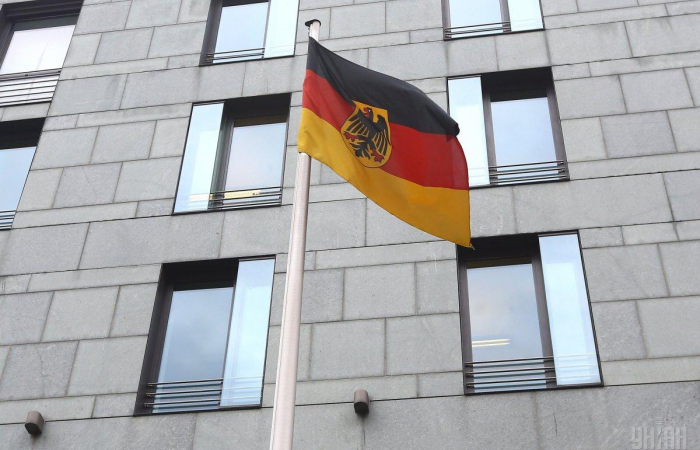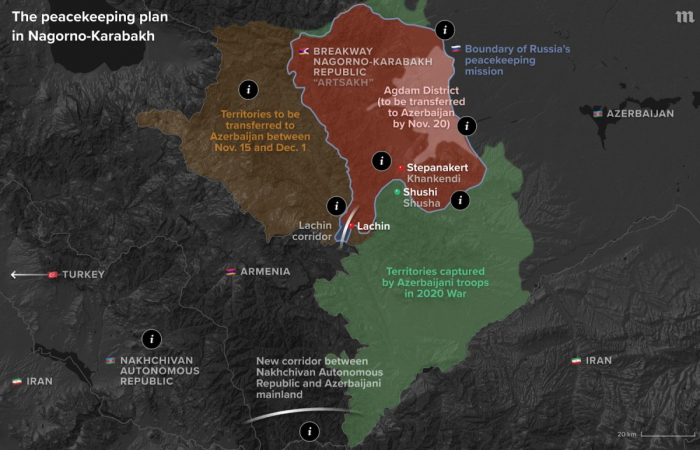Армянская АЭС, находящаяся в сейсмически опасной зоне и единственная на постсоветском пространстве, использующая реактор советской технологии со сжатой водой, вызывает беспокойство международного сообщества.
Об этом сообщает 1news.az, об этом пишется в статье об Армянской АЭС, опубликованной на сайте радиостанции Deutsche Welle.
«Армения планирует закрыть действующую станцию к 2016 году, но намерена заменить ее ядерным реактором на той же территории.
Возраст АЭС и ее расположение стали причиной споров между Арменией и Брюсселем по поводу продолжения ее работы. Однако правительство страны не отказывается от планов строительства», – подчеркивается в статье.
Как отмечается в материале, для координации строительства АЭС в августе 2010 года между Арменией и Россией было заключено межправительственное соглашение о создании ЗАО «Мецаморэнергоатом». Тем не менее, учитывая ограниченные возможности Армении, большая часть инвестиций ожидается из России.
«Новая станция будет гораздо безопаснее, но строить АЭС в такой близости к столице – почти безумие», - отмечает Глава Союза зеленых Армении Акоп Санасарян.
Площадка для нового реактора будет располагаться рядом со старым – в городе Мецамор к 30 км к западу от Еревана.
Напомним, Армянская АЭС была законсервирована в феврале – марте 1989 г. после землетрясения в Спитаке в 1988 году.
В апреле 1993 г. в период энергетического кризиса в стране правительство приняло решение о расконсервации второго блока АЭС, проведенной в ноябре 1995 г. В настоящее время ААЭС обеспечивает от 35 до 40% выработки электроэнергии в стране.
По словам замминистра энергетики Армении Арега Галстяна, Армения нуждается в атомной энергии. В 2000 г. ЕС предложил Армении 138 млн евро ($198 млн.) в обмен на закрытие АЭС, однако армянская сторона отклонила это предложение, мотивировав отказ недостаточностью предложенных средств.
Армянская АЭС вновь привлекла внимание после цунами в Японии и аварии на АЭС «Фукусима-2». Однако, по словам директора АЭС Гагика Мартиросяна, Мецаморская АЭС сегодня столь же безопасна, как и в момент пуска в конце 1970-х гг. После реактивации второго энергоблока, в целях повышения безопасности станции было инвестировано свыше 70 млн. евро.
В настоящее время Армения обсуждает с Евросоюзом сроки проведения на АЭС стресс-теста на основе параметров ЕС. Очередная двусторонняя встреча по этому вопросу ожидается осенью.






